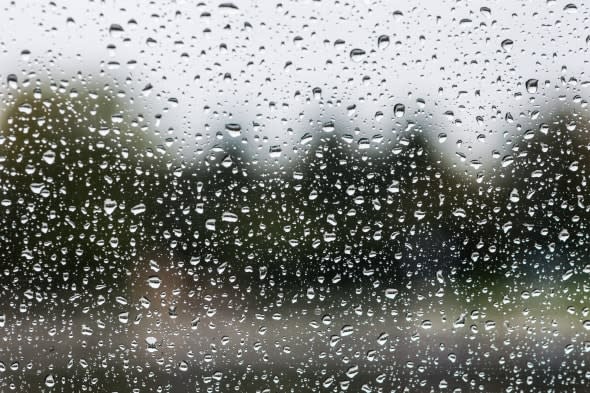Storm Windows Keep in the Heat, Preserve Home's Character

By Michael Franco for BobVila.com
If your windows let in anything other than a view, you may be thinking it's time for replacement windows. But, not so fast! You may want to consider storm windows, which offer the insulating properties of replacement windows for a fraction of the cost. Some experts even argue that when laid over existing windows in decent condition, storm windows insulate better than replacements do. One group in particular has favored the use of storm windows over the years -- owners of old houses. Why? Because storm windows allow improved insulation without harming the original windows or, by extension, the home's architectural character.
Exterior vs. interior: Storm windows install either outside or inside. In choosing between these approaches, aesthetics are perhaps the main consideration. Exterior storm windows alter how your home looks from the curb. Interior storm windows, in contrast, are virtually invisible from the exterior but are plainly evident indoors.
Window operability is another distinguishing factor between exterior and interior storm windows. Exteriors enable the homeowner to open and close windows at will throughout the year. Interiors -- intended as a seasonal measure -- seal off the windows they cover for as long as they stay in place (usually a period of months).
Track styles: Whereas interior storm windows comprise a single glass or polymer pane, exterior storm windows are more complex. Most feature either two or three tracks. In a two-track window, the outer track holds a half-pane of glass at the top and a half-screen on the bottom. The inner track, meanwhile, holds a half-pane window, which can be raised (to admit fresh air) or lowered (to keep cold air out and warm air in). Triple-track windows are similar but offer greater configurability.
Frame choices: Storm-window frames are typically made of wood, aluminum or vinyl. Many consider wood the most attractive, but such frames require regular maintenance to remain in good shape. Plus, the effectiveness of wood frames can be compromised when they expand and contract with the changing weather. Aluminum frames are lightweight, durable and low-maintenance, but they insulate less well than other materials. Vinyl, which is also low-maintenance, comes in a variety of colors, and that makes it a design-savvy choice, at least compared with aluminum. The downside to vinyl, however, is that over time it becomes brittle and requires replacement.
Purchasing tips:No matter what type of storm windows you decide are best for your home, get the most for your dollar by insisting on some or all of the following features:
• Multiple positioning stops that allow you to modulate the amount of air admitted.
• Quality weatherstripping to counteract heat loss.
• Pre-drilled holes to facilitate installation.
• Easy-to-clean, removable half-pane glass and half-screens.
Furthermore, you may wish to consider storm windows fitted with low-emissivity, or low-E, glass. This energy-efficient technology helps keep homes cool in the summer and warm in the winter. In addition, low-E can extend the life of fabrics and floor coverings that come into contact with direct sunlight. Low-E glass may be more expensive at the outset, but over the long term, you can expect to recoup the initial cost through month-to-month energy savings.
Installation: When measuring for storm windows, measure the height and width of the window to be covered, from inside molding to inside molding, in multiple positions. Use the smallest measurements to determine what size storm windows you need. Caulking and weatherstripping may be used later to fill any small gaps.
Exterior storm windows attach with a flange -- that is, a metal flap -- that screws into the existing window frame. It's smart to caulk the point where the flange meets the frame, but take care not to caulk the weep holes. These perform the important role of allowing condensation to escape
Interior storm windows attach in a variety of ways -- with magnets or clips, or on tracks. One of the most DIY-friendly models comes with a compressible material (for example, rubber or foam) around its edges. As you work the pane into the opening, the material expands to create a snug, draft-free seal
More from Zillow:
Replacement Windows 101
Wow-Worthy Window Films: 11 Top Picks
Know Your Windows: 10 Popular Styles Today
Bob Vila is the home improvement expert widely known as host of TV's This Old House, Bob Vila's Home Again, and Bob Vila. Today, Bob continues his mission to help people upgrade their homes and improve their lives with advice online at BobVila.com. His video-rich site offers a full range of fresh, authoritative content -- practical tips, inspirational ideas, and more than 1,000 videos from Bob Vila television.
Note: The views and opinions expressed in this article are those of the author and do not necessarily reflect the opinion or position of Zillow.

